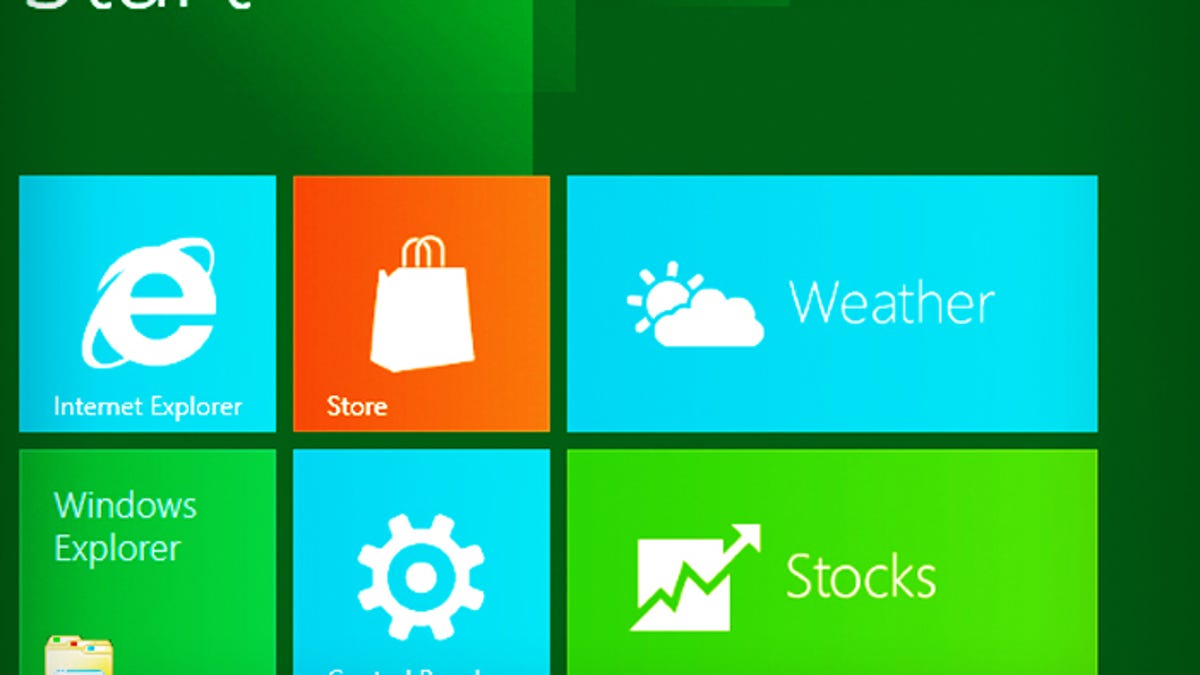Windows 8 consumer and RT editions: What's missing?
Microsoft officials have finally started to confirm specific features that will and won't be included in the various Windows 8 editions that are due out later this year.

Microsoft officials announced the Windows 8 SKU line-up yesterday. At the same time, they also shared details about some of the features in the coming versions that no one at the company was allowed to confirm or deny until this week.
First, it looks as if users running Windows XP and Windows Vista won't be able to automatically upgrade to the Windows 8 (consumer) SKU, the Windows 8 Pro SKU, or the Windows RT (formerly known as the Windows on ARM) SKU. Because Windows RT is the first release of Windows that runs on ARM, there are no previous Windows on ARM versions from which customers can or should expect to upgrade. But in the case of Windows 8 and Windows 8 Pro, supported upgrades are available from Windows 7 (Starter, Home Basic, Home Premium, Professional and/or Ultimate).
This could simply mean, as some believe, that Windows XP and Vista users will have to do a complete install of Windows 8, and won't be able to do a less-involved upgrade. But it could have broader implications, one Microsoft watcher said.
"This will be an interesting point for businesses who have to make some tough upgrade choices. (For) all intents and purposes, the way to Windows 8 is through Windows 7 -- no exceptions," pointed out Windows8Update.com's Onuora Amobi in a blog post today. "From a licensing perspective, what does that mean for a company that actually is on XP or Vista? Do they have to buy licenses for Windows 7 and Windows 8? From an upgrade perspective, how would this work - would the company have to build upgrade profiles to Windows 7 and then test those profiles on Windows 8 as well?
"We will need to hear more about Microsoft's upgrade recommendations for business," Amobi concluded.
Another officially confirmed piece of information is that the ability to join an Active Directory domain is, indeed, omitted from Windows RT. (This was believed to be the case, but Microsoft officials refused to confirm it whenever I asked.) Domain join also will not be supported by the Windows 8 consumer SKU. However, Windows RT and Windows 8 Consumer devices/PCs seemingly will (at least) be able to be managed via Exchange ActiveSync, and will have built-in VPN support, as will the Windows 8 Pro SKU.
Both Windows RT and the consumer SKU of Windows 8 won't include other features, including support for Group Policy; remote desktop host support; built-in Hyper-V client; BitLocker and BitLocker to Go; boot from VHD; and encrypted file system support. Windows RT also will not include Windows Media Player or Storage Spaces, while both Windows 8 Consumer and Windows 8 Professional will.
There will be a Windows 8 Enterprise SKU that is available only to Microsoft volume customers with Software Assurance contracts. This version will include all of the Windows 8 Pro features, plus other unnamed features "for IT organization that enable PC management and deployment, advanced security, virtualization, new mobility scenarios, and much more," according to Microsoft's blog post.
Microsoft's post from yesterday includes a detailed table listing many of the features that will/won't be part of the final Windows 8 consumer, Pro and Windows RT SKUs that is worth checking out.
This story was originally posted as "Microsoft's Windows 8 consumer and Windows RT editions: What's missing?" on ZDNet's All About Microsoft blog.

